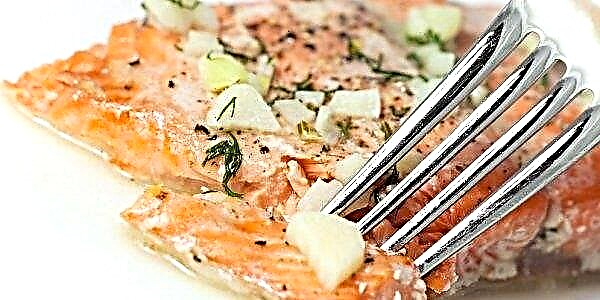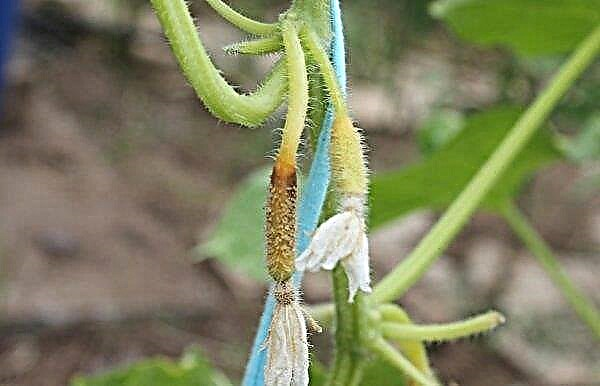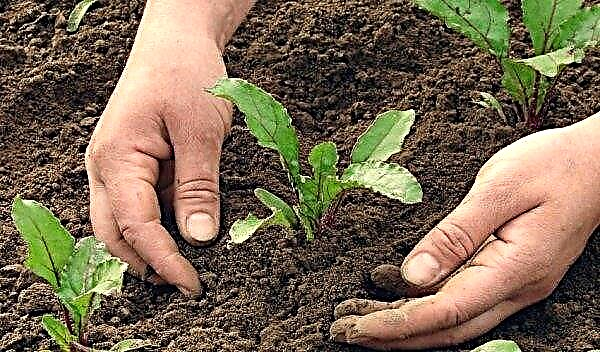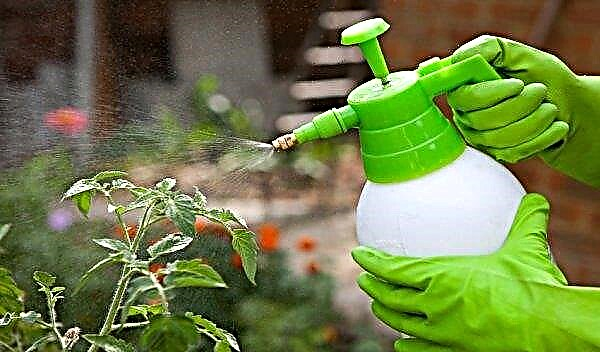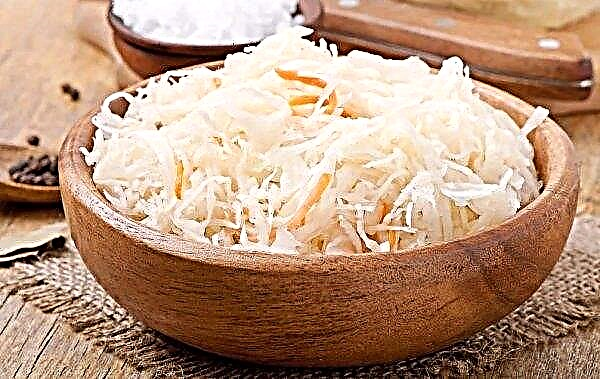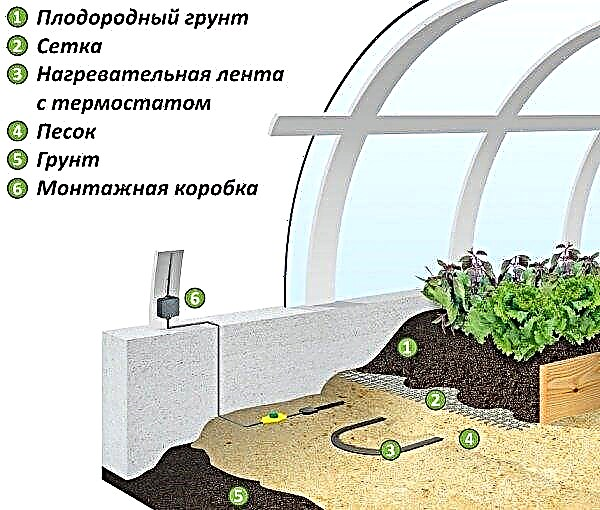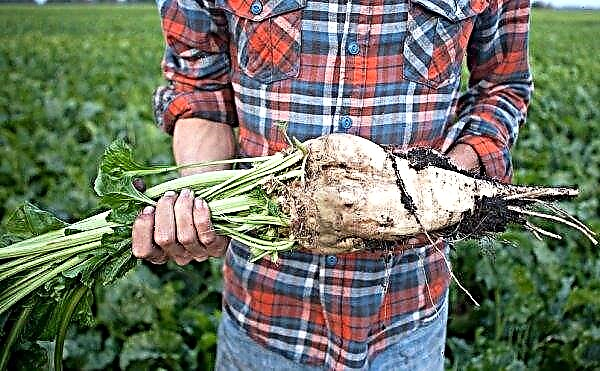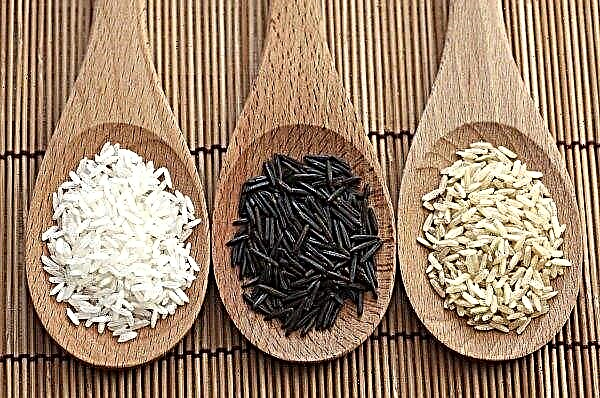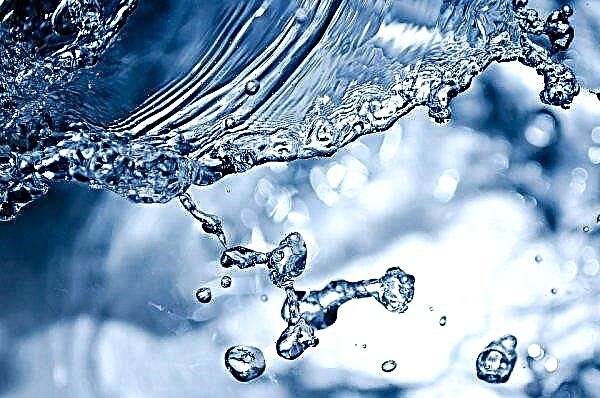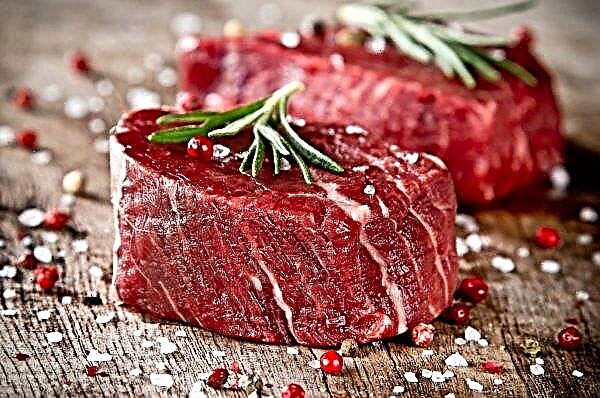Once having sowed a lawn in their area, many people think that it is no longer necessary to make efforts for its growth and beauty. But if care is not fully provided, the grass will either lose its former appearance or die completely.
External signs of lawn disease
The first sign of lawn disease can be unnatural reddish spots all over the surface.
These are signs that:
- soil is not saturated with nutrients;
- the lawn is watered with too cold water;
- the coating is infected with fungal infections.

Each of the many diseases colors the lawn in a variety of colors: from pink to white. As soon as you notice signs of disease, you need to understand the cause and proceed to treatment. If nothing is done, then there is a danger of the complete destruction of the lawn.
But it so happens that it is not a disease at all. So, the cause of obvious changes may be a lack of nutrients. If the lawn does not turn yellow in places, but on the entire surface, then the problem is a lack of nitrogen. In this case, the lawn should be fertilized with nitrogen-containing fertilizing. This procedure is carried out during the spring. But if she did not bring any improvements, then the lawn is really infected.Did you know? The lawn is able to protect from dust. One hectare of grass can hold 60 tons of harmful particles.
Common lawn diseases and their treatment
The most susceptible to lawn grass diseases are:
- Polevoshnaya shoot;
- pasture ryegas;
- meadow bluegrass;
- all varieties of fescue.
 These types of vegetation require more careful and thorough care. Below are discussed in detail the most common diseases and methods for their treatment.
These types of vegetation require more careful and thorough care. Below are discussed in detail the most common diseases and methods for their treatment.Powdery mildew
A sign of this disease is a white coating, which first resembles snow. The peak of its development is wet summer. The reason for the appearance of powdery mildew is an excess of nitrogen-containing fertilizers or moisture. Areas that have been affected become darker, denser, and after that the grass dries up. The treatment will consist in draining the soil and watering the lawn only in the mornings.
Rust
Its first sign is a change in the color of the grass to yellow, orange and red, which causes the illusion of "rust."The causes of the disease are called insufficient light and lack of nutrients in the soil. In order to get rid of the disease, you need to feed the lawn with fertilizers and systematically water it. Infected areas are mowed every other day, until healthy stems appear.
Fusarium
The second name of this disease is “snow mold”. It is usually carried through soil that has already been infected, or through the wind. The peak of the development of the disease occurs at the end of autumn and continues until the beginning of spring. It is in March that you can notice the first signs of infection - pink or silver spots on the lawn.
You can save yourself from Fusarium radically - dig up the infected areas with the upper layer of the soil and plant the grass again. In addition, you can treat the area with any fungicide. Prevention in this case is aeration (air ventilation, saturation with it).
Important! Cats and dogs are also harmful to the lawn, because they not only dig up the ground, but also pollute the grass with waste, which can cause burns.
Rhizoctonia
Most often found on young lawns. The peak of development is called the summer period. Sites that have been affected become gray. The cause of the disease is already infected seeds of lawn grass, which were purchased from an unverified seller. For treatment use substances such as Mancozeb, Iprodion, Chlorotalonil, etc., which process the entire plot.
Dollar spotting
Distributed in the summer and spring. Symptom is the appearance of round spots of about 50 mm in size, inside of which the grass dries and dies.Appears from a lack of nitrogen and nutrients. For treatment, it is enough to feed the lawn with nitrogen-containing substances.
Red thread
It appears exactly when the lawn is not looked after very responsibly. The peak of the development of the disease is the beginning of May or the end of October.In this case, the grass turns pink, and if you look closely, you can see the red filamentous spores. There are not many ways to fight. All that can be done is to remove the affected areas and carry out the aeration process.
Witches rings
The most noticeable disease becomes in arid summertime.It appears in the form of two oblong-shaped rings, which consist of a poisonous green color of plants, between which a ring of already dead grass is placed.
The most probable cause of the onset of the disease is waterlogging of the soil. It is difficult to completely get rid of this disease, but to prevent the spread is quite real. In this case, removing the affected soil or creating obstacles to the rest of the grass in the form of a dug up soil will help.
Important! In addition to diseases affecting the lawn, it is necessary to combat weeds that spoil the appearance of the lawn.
Means for protection and prevention
To protect your site from these unpleasant diseases, it is best to carry out prevention, which consists in following these rules:
- Timely removal of the first signs of infection.
- Daily watering the lawn.
- Winter mowing the lawn and cleaning up possible debris.
- Timely fertilizer of the soil.
 Such simple rules will help you admire the beauty of your lawn for more than one year.
Such simple rules will help you admire the beauty of your lawn for more than one year.
Prevention is much easier than wasting energy on treating affected grass. In fact, lawn care does not require too much effort. The main thing: to pay due attention to this and a little of your time.
Of course, it is much easier to purchase a rolled lawn and place it on your site. But it is much more pleasant and cheaper to admire the one to whose growth you have made your own efforts.Did you know? In Lithuania, a law is in effect that for a lawn that has grown above 12 cm, its owner will be punished by paying tax.

